
How We Got to Now: Six Innovations That Made the Modern World
by
Steven Johnson
Published 28 Sep 2014
The Flea (engraving from Robert Hooke’s Micrographia, London) The microscope took nearly three generations to produce truly transformative science, but for some reason the telescope generated its revolutions more quickly. Twenty years after the invention of the microscope, a cluster of Dutch lensmakers, including Zacharias Janssen, more or less simultaneously invented the telescope. (Legend has it that one of them, Hans Lippershey, stumbled upon the idea while watching his children playing with his lenses.) Lippershey was the first to apply for a patent, describing a device “for seeing things far away as if they were nearby.” Within a year, Galileo got word of this miraculous new device, and modified the Lippershey design to reach a magnification of ten times normal vision.
…
Today, the summit of Mauna Kea is crowned by thirteen distinct observatories, massive white domes scattered across the red rocks like some gleaming outpost on a distant planet. Included in this group are the twin telescopes of the W. M. Keck Observatory, the most powerful optical telescopes on earth. The Keck telescopes would seem to be a direct descendant of Hans Lippershey’s creation, only they do not rely on lenses to do their magic. To capture light from distant corners of the universe, you would need lenses the size of a pickup truck; at that size, glass becomes difficult to physically support and introduces inevitable distortions into the image. And so, the scientists and engineers behind Keck employed another technique to capture extremely faint traces of light: the mirror.
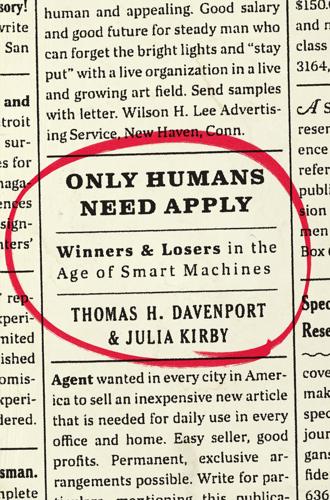
Only Humans Need Apply: Winners and Losers in the Age of Smart Machines
by
Thomas H. Davenport
and
Julia Kirby
Published 23 May 2016
Each cell of our matrix offers human work of different kinds, just as it features different technologies. When smart machines like Ex Machina’s Ava do arrive—perhaps in forty or fifty years—all bets are off as to how humans will relate to them. In the meantime, however, there are plenty of partnerships in which humans can thrive. 3 Don’t Automate, Augment Legend has it that Hans Lippershey, a German eyeglass maker plying his trade in 1608 in the town of Middelburg, Netherlands, got his big idea when he glanced over at two children playing with lenses he’d ground. Holding one lens behind another and peering through the shop’s window, they exclaimed at how close this made the weathervane on a distant building appear.
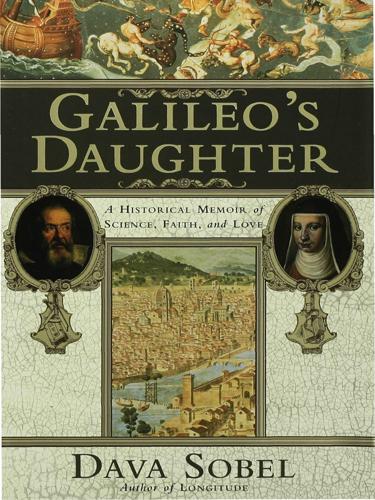
Galileo's Daughter: A Historical Memoir of Science, Faith and Love
by
Dava Sobel
Published 25 May 2009
Tycho Brahe dies. 1603 Prince Federico Cesi founds Lyncean Academy in Rome. 1604 New star appears in the heavens, generating debate and three public lectures by Galileo. 1605 Prince Cosimo de’ Medici takes instruction from Galileo. 1606 Galileo publishes treatise on geometric and military compass; Vincenzio Galilei (son) is born in Padua. 1607 Baldessar Capra publishes pirated Latin edition of Galileo’s instructions for geometric and military compass. 1608 Hans Lippershey invents a refracting telescope in Holland. Prince Cosimo marries Maria Maddalena, archduchess of Austria. 1609 Grand Duke Ferdinando I dies; Cosimo II succeeds him. Galileo improves telescope, observes and measures mountains on the Moon. Johannes Kepler (1571-1630) publishes first two laws of planetary motion. 1610 Galileo discovers the moons of Jupiter.

Augmented: Life in the Smart Lane
by
Brett King
Published 5 May 2016
Roger Bacon is said to have invented the magnifying glass around the year 1250. Evidence points to the first compound microscope (combining convex and concave lenses) appearing in the Netherlands in the late 1590s at the height of the Dutch empire. The first person to apply for a patent for a telescope was a Dutch spectacle maker named Hans Lippershey. In 1608, Lippershey laid claim to inventing a device that increased magnification by three times. His telescope had a concave eyepiece aligned with a convex objective lens. One story goes that he got the idea for his design after observing two children in his shop holding up two lenses that made a distant weather vane appear close.
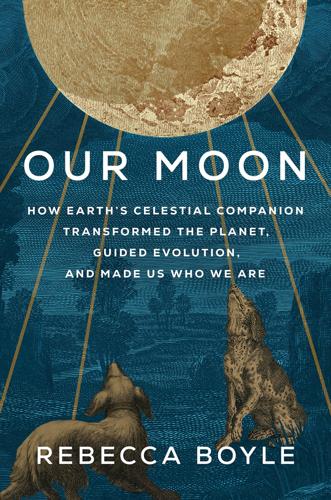
Our Moon: How Earth's Celestial Companion Transformed the Planet, Guided Evolution, and Made Us Who We Are
by
Rebecca Boyle
Published 16 Jan 2024
He observed sunspots and noticed they appeared to be moving west, and used their appearance to correctly deduce the Sun’s rotation period, though at the time nobody thought the Sun rotated at all. Though Sir Francis Bacon gets credit for originating the modern Western method of experiment-based science, Bacon himself said in 1608 that he was inspired by Harriot, who was “already inclined to experiments.”12 In early 1609, Harriot got his hands on a new invention, which the Dutchman Hans Lippershey had tried to patent in October 1608. Spectacle makers were grinding glass in larger sizes and combining it to produce the world’s first telescopes. Harriot bought one that magnified his sight by six times, and had it mounted on the roof of his quarters at Syon House. On July 26, 1609, he became the first person to draw an image of the Moon as seen through a telescope.

Shoot for the Moon: The Space Race and the Extraordinary Voyage of Apollo 11
by
James Donovan
Published 12 Mar 2019
The moon still held many mysteries, and some of them had to be solved before a lunar landing could be deemed safe. In 1961, when Kennedy had issued his challenge, no one knew exactly what the surface of the moon was like. Galileo Galilei, the early-seventeenth-century Italian polymath, was not the inventor of the telescope—at least one man, a Dutchman named Hans Lippershey, had applied for a patent for one in 1608. But the more powerful telescope Galileo constructed the next year was the first to be aimed skyward. One of his first objects of study was the moon, and his detailed, accurate ink renderings of its surface—its mountains, craters, and seas—would not be significantly improved until two centuries later; even the most powerful terrestrial telescopes improved only topography, not composition.

Civilization: The West and the Rest
by
Niall Ferguson
Published 28 Feb 2011
.* 1530 Paracelsus pioneers the application of chemistry to physiology and pathology 1543 Nicolaus Copernicus’ De revolutionibus orbium coelestium states the heliocentric theory of the solar system Andreas Vesalius’ De humani corporis fabrica supplants Galen’s anatomical textbook 1546 Agricola’s De natura fossilium classifies minerals and introduces the term ‘fossil’ 1572 Tycho Brahe records the first European observation of a supernova 1589 Galileo’s tests of falling bodies (published in De motu) revolutionize the experimental method 1600 William Gilbert’s De magnete, magnetisque corporibus describes the magnetic properties of the earth and electricity 1604 Galileo discovers that a free-falling body increases its distance as the square of the time 1608 Hans Lippershey and Zacharias Jansen independently invent the telescope 1609 1609 Galileo conducts the first telescopic observations of the night sky 1610 Galileo discovers four of Jupiter’s moons and infers that the earth is not at the centre of the universe 1614 John Napier’s Mirifici logarithmorum canonis descriptio introduces logarithms 1628 William Harvey writes Exercitatio anatomica de motu cordis et sanguinis in animalibus, accurately describing the circulation of blood 1637 René Descartes’ ‘La Géométrie’, an appendix to his Discours de la méthode, founds analytic geometry 1638 Galileo’s Discorsi e dimonstrazioni matematiche founds modern mechanics 1640 Pierre de Fermat founds number theory 1654 Fermat and Blaise Pascal found probability theory 1661 Robert Boyle’s Skeptical Chymist defines elements and chemical analysis 1662 Boyle states Boyle’s Law that the volume occupied by a fixed mass of gas in a container is inversely proportional to the pressure it exerts 1669 Isaac Newton’s De analysi per aequationes numero terminorum infinitas presents the first systematic account of the calculus, independently developed by Gottfried Leibniz 1676 Antoni van Leeuwenhoek discovers micro-organisms 1687 Newton’s Philosophiae naturalis principia mathematica states the law of universal gravitation and the laws of motion 1735 Carolus Linnaeus’ Systema naturae introduces systematic classification of genera and species of organisms 1738 Daniel Bernoulli’s Hydrodynamica states Bernoulli’s Principle and founds the mathematical study of fluid flow and the kinetic theory of gases 1746 Jean-Etienne Guettard prepares the first true geological maps 1755 Joseph Black identifies carbon dioxide 1775 Antoine Lavoisier accurately describes combustion 1785 James Hutton’s ‘Concerning the System of the Earth’ states the uniformitarian view of the earth’s development 1789 Lavoisier’s Traité élémentaire de chimie states the law of conservation of matter By the mid-1600s this kind of scientific knowledge was spreading as rapidly as had the doctrine of the Protestant Reformers a century before.
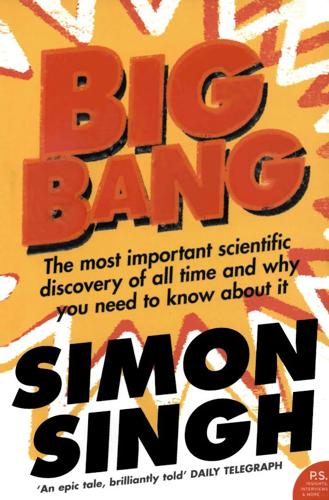
Big Bang
by
Simon Singh
Published 1 Jan 2004
He was even courageous enough to say that Aristotle, then the most acclaimed intellect in history,‘wrote the opposite of truth’. When Kepler first heard about Galileo’s use of the telescope to explore the heavens, he probably assumed that Galileo had invented the telescope. Indeed, many people today make the same assumption. In fact, it was Hans Lippershey, a Flemish spectacle-maker, who patented the telescope in October 1608. Within a few months of Lippershey’s breakthrough, Galileo noted that ‘a rumour came to our ears that a spyglass had been made by a certain Dutchman’, and he immediately set about building his own telescopes. Galileo’s great accomplishment was to transform Lippershey’s rudimentary design into a truly remarkable instrument.
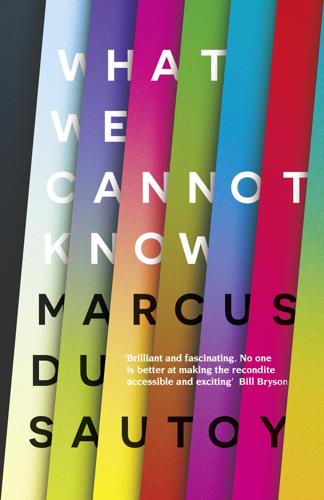
What We Cannot Know: Explorations at the Edge of Knowledge
by
Marcus Du Sautoy
Published 18 May 2016
HOW FAR CAN YOU SEE? It was Galileo’s generation that discovered you could enhance how far you can see by placing carved glass lenses in a tube. Indeed, for years Galileo himself seemed to get the credit for the invention of the telescope, but that accolade should go to the Dutch spectacle-maker Hans Lippershey, who filed a patent for an instrument ‘for seeing things far away as if they were nearby’. The Dutch instrument was able to magnify things by a factor of 3. Galileo heard about the instrument on a trip to Venice. That same night he figured out the principle on which it worked and was soon constructing instruments that could achieve a magnification of 33 times.
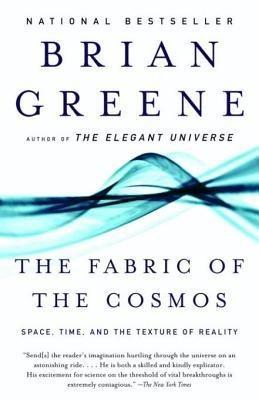
The Fabric of the Cosmos
by
Brian Greene
Published 1 Jan 2003
What’s more, because everything is subject to gravity (whereas, for example, the electromagnetic force only affects objects carrying an electric charge), everything has the capacity to generate gravitational waves and hence produce an observable signature. LIGO thereby marks a significant turning point in the way we examine the cosmos. There was a time when all we could do was raise our eyes and gaze skyward. In the seventeenth century, Hans Lippershey and Galileo Galilei changed that; with the aid of the telescope, the grand vista of the cosmos came within humanity’s purview. But in time, we realized that visible light represented a narrow band of electromagnetic waves. In the twentieth century, with the aid of infrared, radio, X-ray, and gamma ray telescopes, the cosmos opened up to us anew, revealing wonders invisible in the wavelengths of light that our eyes have evolved to see.
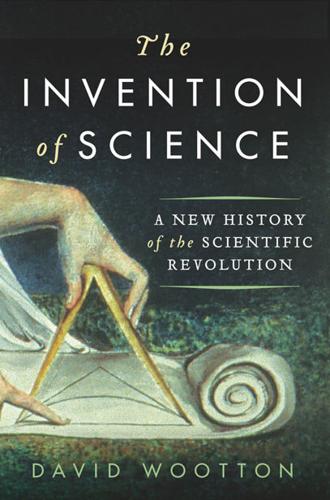
The Invention of Science: A New History of the Scientific Revolution
by
David Wootton
Published 7 Dec 2015
Bruno was not necessarily right after all, although the new discovery certainly proved that Copernicus had been entitled to claim that the Earth could be a planet and at the same time have a moon going around it, which had seemed deeply implausible to the defenders of Ptolemy (for whom the moon was one of the planets) and of Brahe. § 2 The story of Galileo’s discoveries is, it seems, straightforward. In 1608 the telescope was invented in the Netherlands. It was a chance discovery made, perhaps, by Hans Lippershey, a spectacle maker (two other spectacle makers disputed Lippeshey’s priority claim). In 1609 Galileo, who had never seen a telescope, worked out how to make one.6 It had an obvious application in warfare, both on land and sea, and so he persuaded the Venetian government to reward him for his invention.